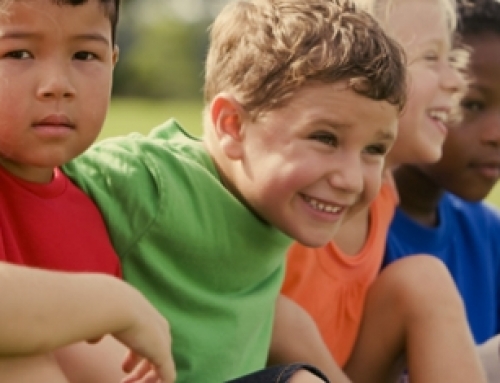Whether you realize it or not, child sexual abuse affects all of us.
The Economic Impact:
The impact of child sexual abuse is devastating for survivors, but also affects those close to them, as well as the surrounding community. It is the root cause of many social and health issues and touches all of us in one way or another. According to the National Children’s Advocacy Center, the health and social impacts of child sexual abuse on a survivor last a lifetime and affect us all socially and financially. The average lifetime cost per victim of child abuse is $210,012*, costing the U.S. billions annually. These costs are primarily paid for by the public sector, you, the tax payer.
The economic total lifetime burden from nonfatal and fatal child maltreatment in 2008 cost an unimaginable $124,000,000,000.00.
The costs include:
- Childhood Healthcare Costs-$32,648.00
- Adult Medical Costs-$10,530.00
- Criminal Justice Costs-$6,747.00
- Child Welfare Costs-$7,728.00
- Special Education Costs-$7,999.00
- Productivity Losses-$144,360.00
The Social Impact:
There are many social costs as a result of child sexual abuse including:
The cost include:
- Delinquency and crime, often stemming from substance abuse, are more prevalent in adolescents with a history of child sexual abuse. Adults survivors are also more likely to become involved in crime, both as a perpetrator and as a victim.
- Academic problems
- Teen pregnancy
- Sexual behavior and over-sexualized behavior problems
The Health Impact:
There are many health-related costs to survivors of sexual abuse. Generally, adult victims have higher rates of healthcare utilization and report significantly more health complaints when compared to adults without a history of child sexual abuse. Some health related issues include:
- Emotional and mental health problems are often the first consequence and sign of child sexual abuse.
- Substance abuse problems are common, often beginning in childhood or adolescence and lasting into adulthood.
- Obesity and eating disorders are more common in women who have a history of child sexual abuse. The resulting health issues as a result of obesity includes diabetes and heart disease.
Fang, X., Brown, D., Florence, C., Mercy, J. (2012) The economic burden of child maltreatment in the United States and implications for prevent. Child Abuse & Neglect, 36:2,156-165
Using the Children’s Advocacy Center (CAC) Model
What Is a Children’s Advocacy Center (CAC)?
To understand what a Children’s Advocacy Center (CAC) is, you must understand what children face without one. Without a CAC, the child may end up having to tell the worst story of his or her life over and over again, to doctors, cops, lawyers, therapists, investigators, judges, and others. They may have to talk about that traumatic experience in a police station where they think they might be in trouble, or may be asked the wrong questions by a well-meaning teacher or other adult that could hurt the case against the abuser.
When police or child protective services believe a child is being abused, the child is brought to the CAC—a safe, child-focused environment—by a caregiver or other “safe” adult. At the CAC, the child tells their story once to a trained interviewer who knows the right questions to ask in a way that does not re-traumatize the child. Then, a team that includes medical professionals, law enforcement, mental health, prosecution, child protective services, victim advocacy, and other professionals make decisions together about how to help the child based on the interview. CACs offer therapy and medical exams, plus courtroom preparation, victim advocacy, case management, and other services. This is called the multidisciplinary team (MDT) response and is a core part of the work of CACs.
Why are Children’s Advocacy Centers (CAC) and Multi-Disciplinary Teams (MDTs) So Important?
Coordinated Services-CAC communities demonstrated significantly higher rates of:
- Coordinated investigations between law enforcement and CPS
- Team forensic interviews
- Case reviews
- Recording of forensic interviews
- Interviews in child-friendly settings
Prosecution Rates-Use of the CAC approach leads to a dramatic increase in felony prosecutions of child abuse:
- District with significant CAC usage-196%
- District with limited CAC usage-1%
Case Processing Time-Faster criminal charging decisions in child sexual abuse cases, within 1-60 days:
- CAC Community- 80%
- Comparison Community A- 49%
- Comparison Community B- 58%

For more information visit:
National Children’s Advocacy Center at http://www.nationalcac.org/
National Children’s Alliance: http://www.nationalchildrensalliance.org/
Children’s Advocacy Centers of Texas: http://www.cactx.org/
Johnson County Children’s Advocacy Center: https://cacjctx.org/



